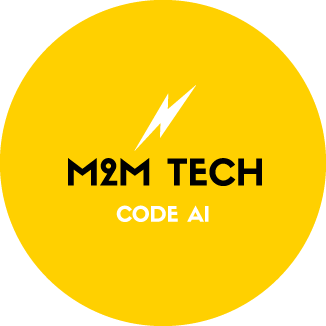What is Data Analyst/Scientist?
A Python data analyst/scientist is a professional who utilizes the Python programming language to extract, analyze, and interpret data, providing valuable insights and driving data-informed decision-making. These professionals play a crucial role in various industries by analyzing large datasets, identifying trends, patterns, and correlations, and developing predictive models to solve complex problems and optimize business processes.
One of the primary responsibilities of a Python data analyst/scientist is data wrangling and preparation. They work with diverse and often unstructured data, cleaning and transforming it into a usable format for analysis. Python's extensive libraries, such as Pandas and NumPy, are instrumental in managing and manipulating data efficiently, enabling analysts to process and organize data effectively.
Python data analysts/scientists leverage a variety of data analysis and statistical libraries to gain insights from data. Tools like Matplotlib and Seaborn are used for data visualization, allowing analysts to create informative and visually appealing charts and graphs that highlight trends and patterns in the data. Additionally, Python's integration with machine learning libraries, such as Scikit-learn and TensorFlow, empowers data scientists to build and train predictive models for various applications, such as forecasting, recommendation systems, and anomaly detection.
Furthermore, Python data analysts/scientists use their domain knowledge to formulate relevant research questions and hypotheses. They design and execute experiments, perform statistical analysis, and interpret results to draw meaningful conclusions from the data. Their ability to present complex technical findings in a clear and actionable manner is crucial for effectively communicating insights to non-technical stakeholders.
Python data analysts/scientists often collaborate with cross-functional teams, including business analysts, engineers, and domain experts. By working closely with these teams, they understand the business context and domain-specific requirements, aligning data analysis with organizational goals and objectives.
“ Python is a staple in the world of data analysis and data science. As a Data Analyst/Scientist, you'll use Python to process and analyze vast datasets, extract insights, and drive data-driven decision-making.”
The most important things to consider
Proficiency in Python and Data Manipulation: Python data analysts/scientists must be highly proficient in Python programming and its data manipulation libraries, such as Pandas and NumPy. These libraries are essential for efficiently cleaning, transforming, and analyzing large datasets. Mastery of Python allows data analysts/scientists to perform complex data manipulations and calculations, making it easier to draw valuable insights from the data.
Data Visualization and Communication: Data visualization is a critical aspect of data analysis and communication. Python data analysts/scientists should be skilled in using data visualization libraries like Matplotlib, Seaborn, and Plotly to create insightful charts, graphs, and visualizations that communicate complex data findings effectively. Strong data visualization skills help data analysts/scientists present their results in a clear and visually appealing manner, making it easier for stakeholders and non-technical audiences to understand the insights derived from the data.
Statistical Analysis and Machine Learning: Data analysts/scientists use Python's vast array of statistical libraries, such as SciPy and StatsModels, to perform various statistical analyses and hypothesis testing. Understanding statistical concepts is crucial for drawing meaningful conclusions and making data-driven decisions. Additionally, knowledge of machine learning libraries like Scikit-learn and TensorFlow enables data scientists to build predictive models and implement machine learning algorithms to solve real-world problems and make data-driven predictions.
- Salary Low: $40,390.00
- Salary High: $98,717.50
- Education Needed: Bachelor's

Job Duties
- Collect and document user requirements
- Design and develop database architecture for information systems projects
- Design, construct, modify, integrate, implement and test data models and database management systems
- Conduct research and provide advice to other informatics professionals regarding the selection, application and implementation of database management tools
- Operate database management systems to analyze data and perform data mining analysis
- May lead, coordinate or supervise other workers in this group
- Develop and implement data administration policy, standards and models
- Research and document data requirements, data collection and administration policy, data access rules and security
- Develop policies and procedures for network and/or Internet database access and usage and for the backup and recovery of data
- Conduct research and provide advice to other information systems professionals regarding the collection, availability, security and suitability of data
- Write scripts related to stored procedures and triggers
- May lead and coordinate teams of data administrators in the development and implementation of data policies, standards and models
Employment Requirements
- A bachelor's degree or college program, usually in computer science, computer engineering, or mathematics is usually required.
- Computer programming and related experience is usually required.








